A holiday on the high seas can be the ultimate in fun and relaxation. But it can also come with some unexpected health hazards.
Seasickness, slippery outdoor decks, and of course the dreaded infection norovirus are all a part of the cruise experience. Or at least they can be, if you don’t take steps to avoid them. Here are 14 common mistakes both new and seasoned cruisers make that can put their health at risk—and what you can do to ensure smooth sailing.
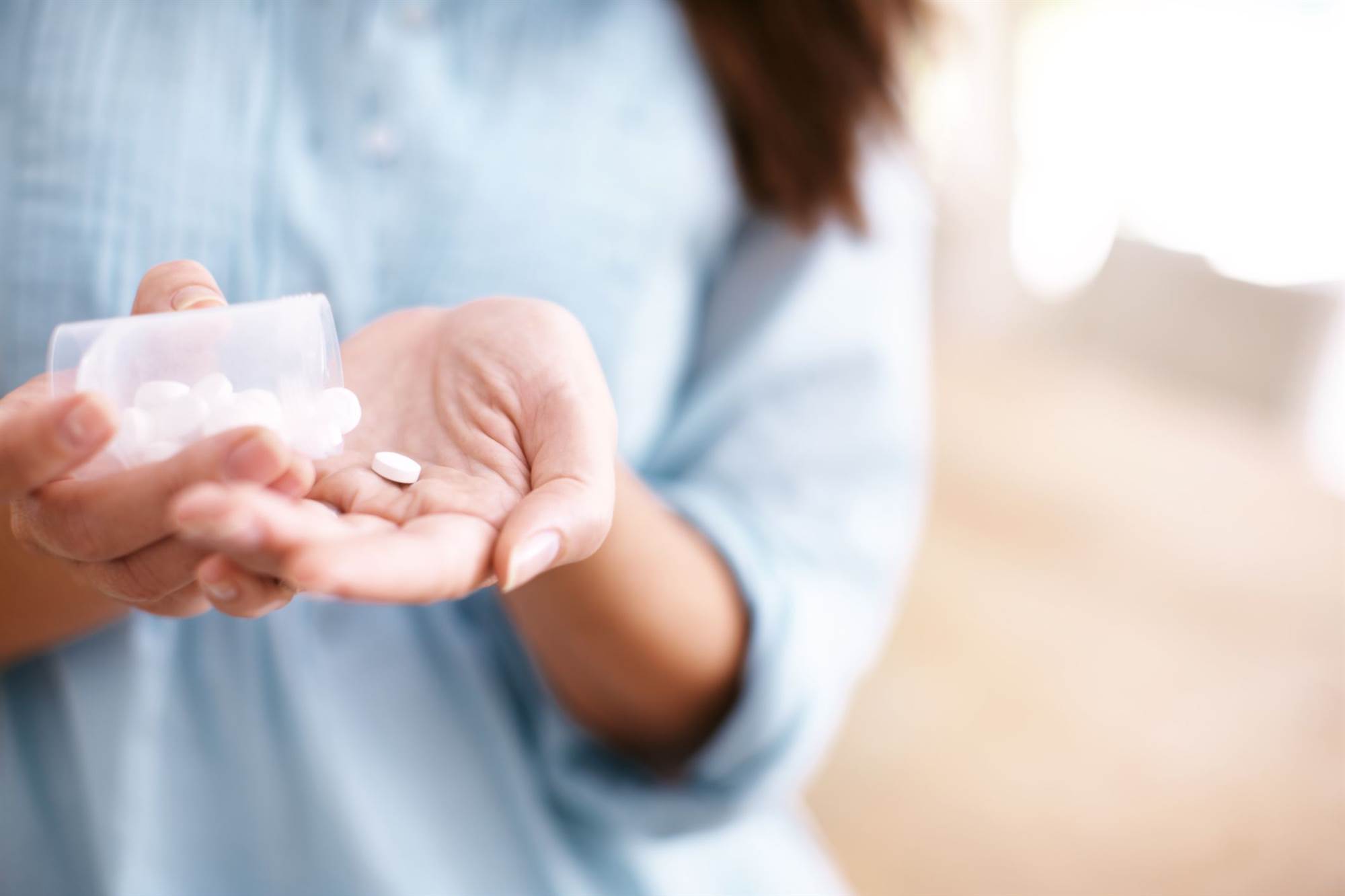


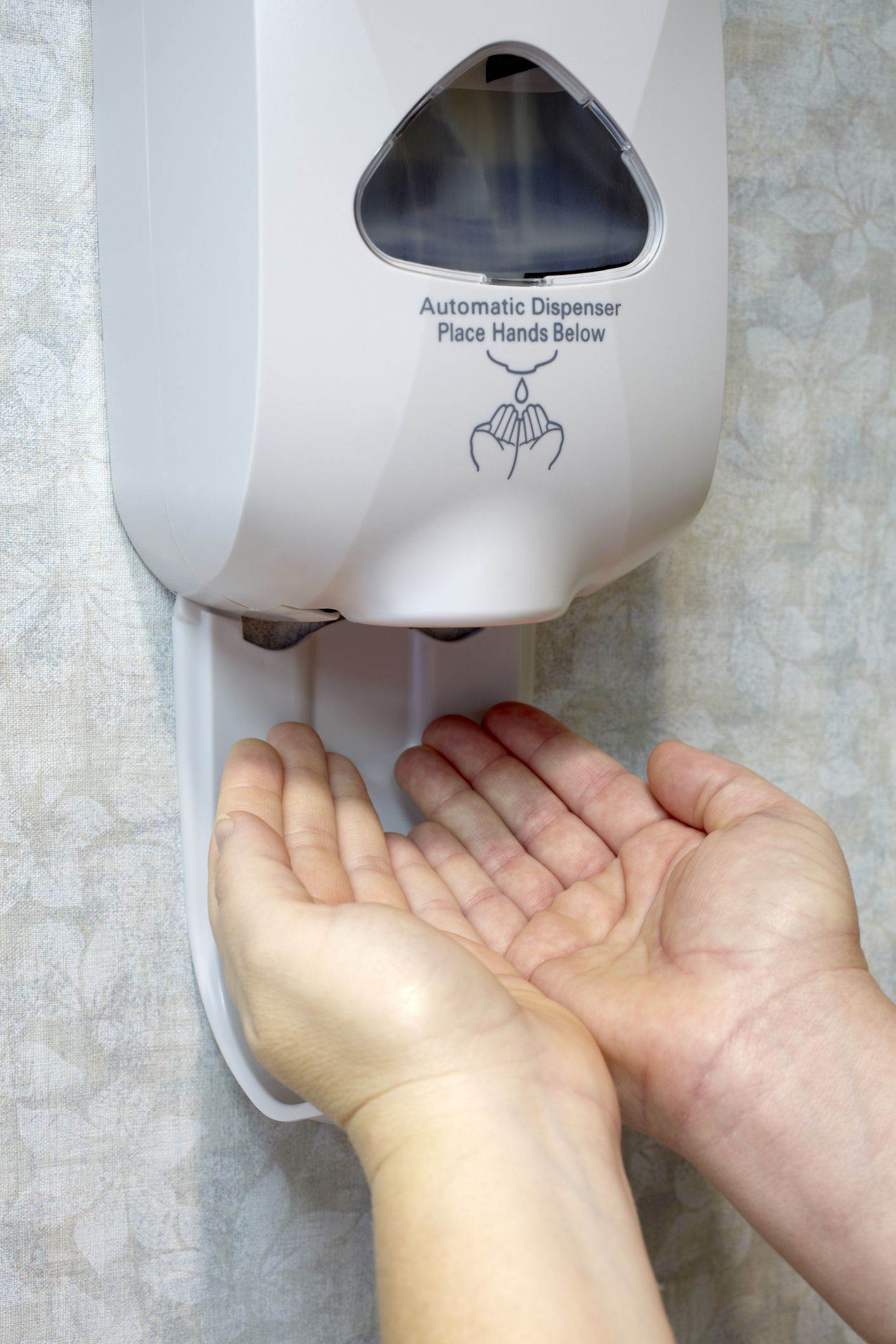
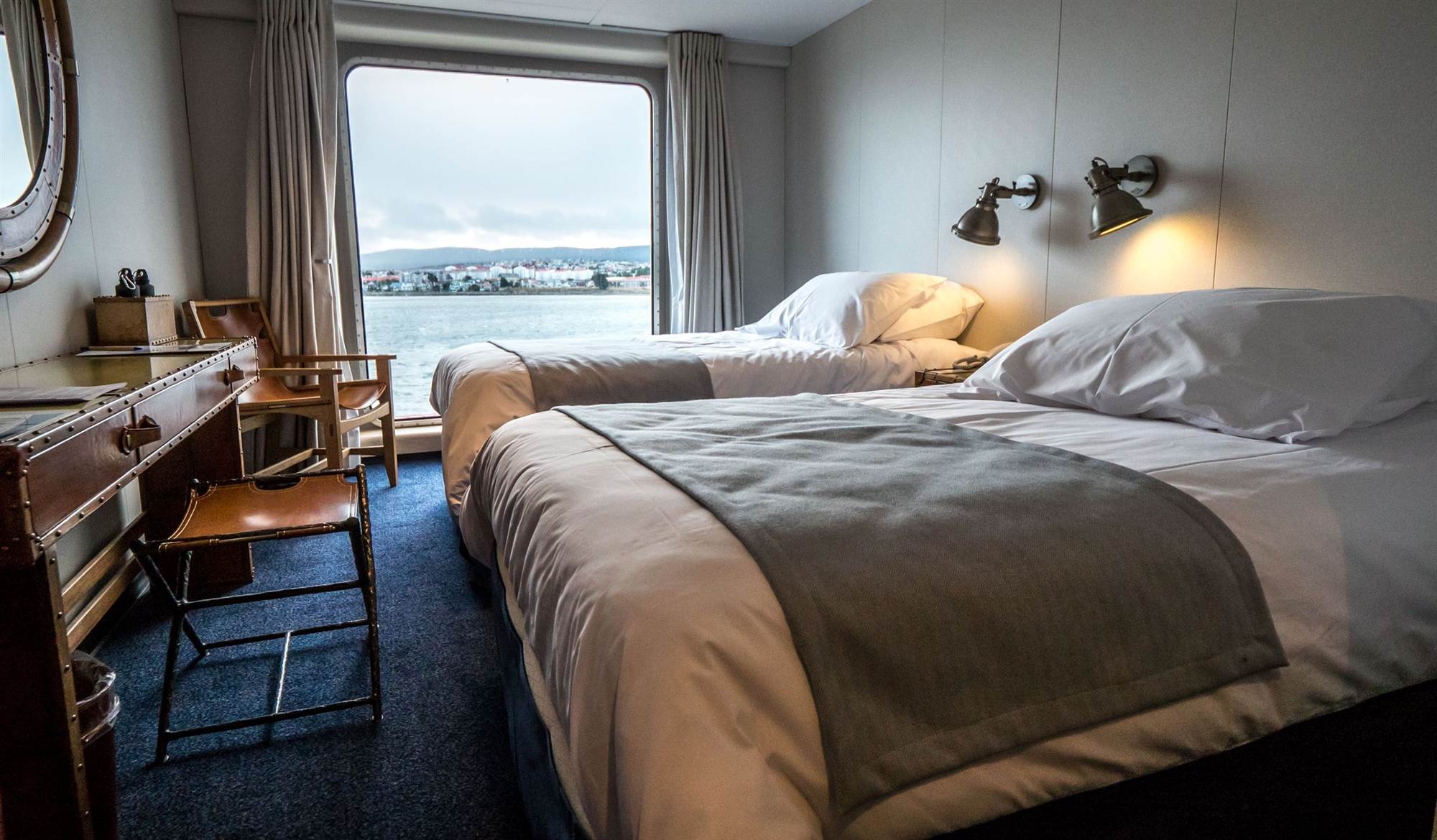
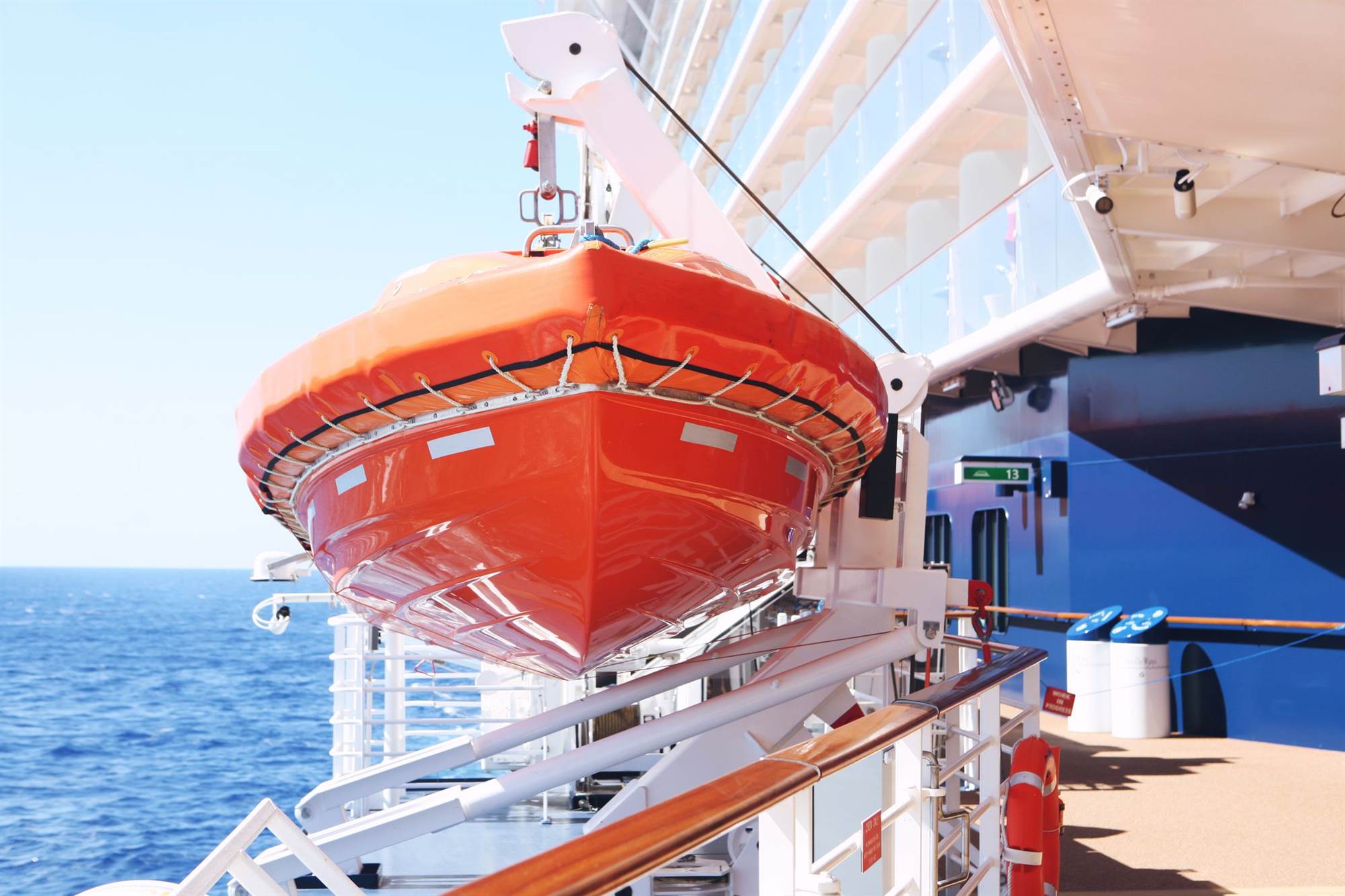




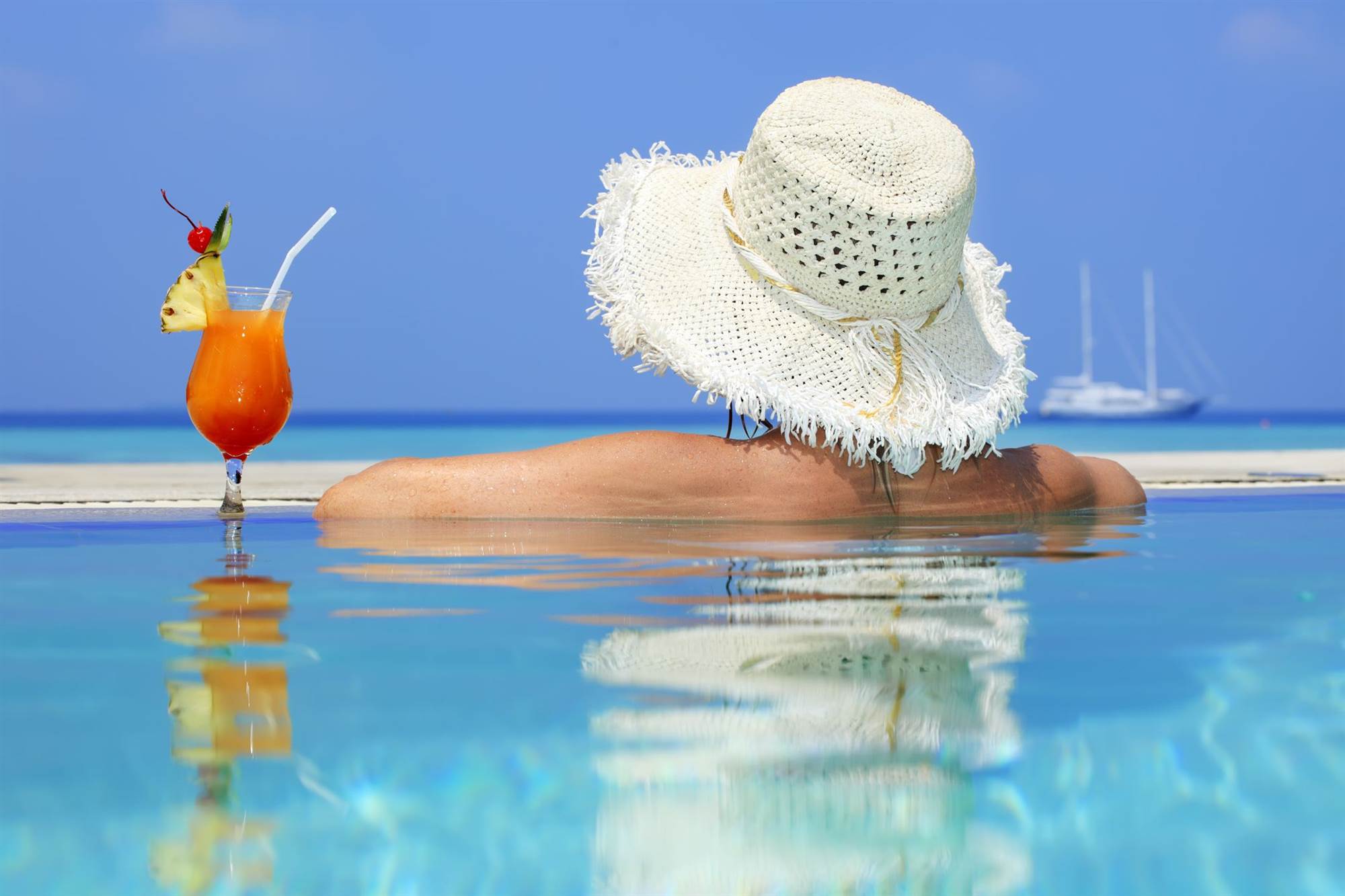

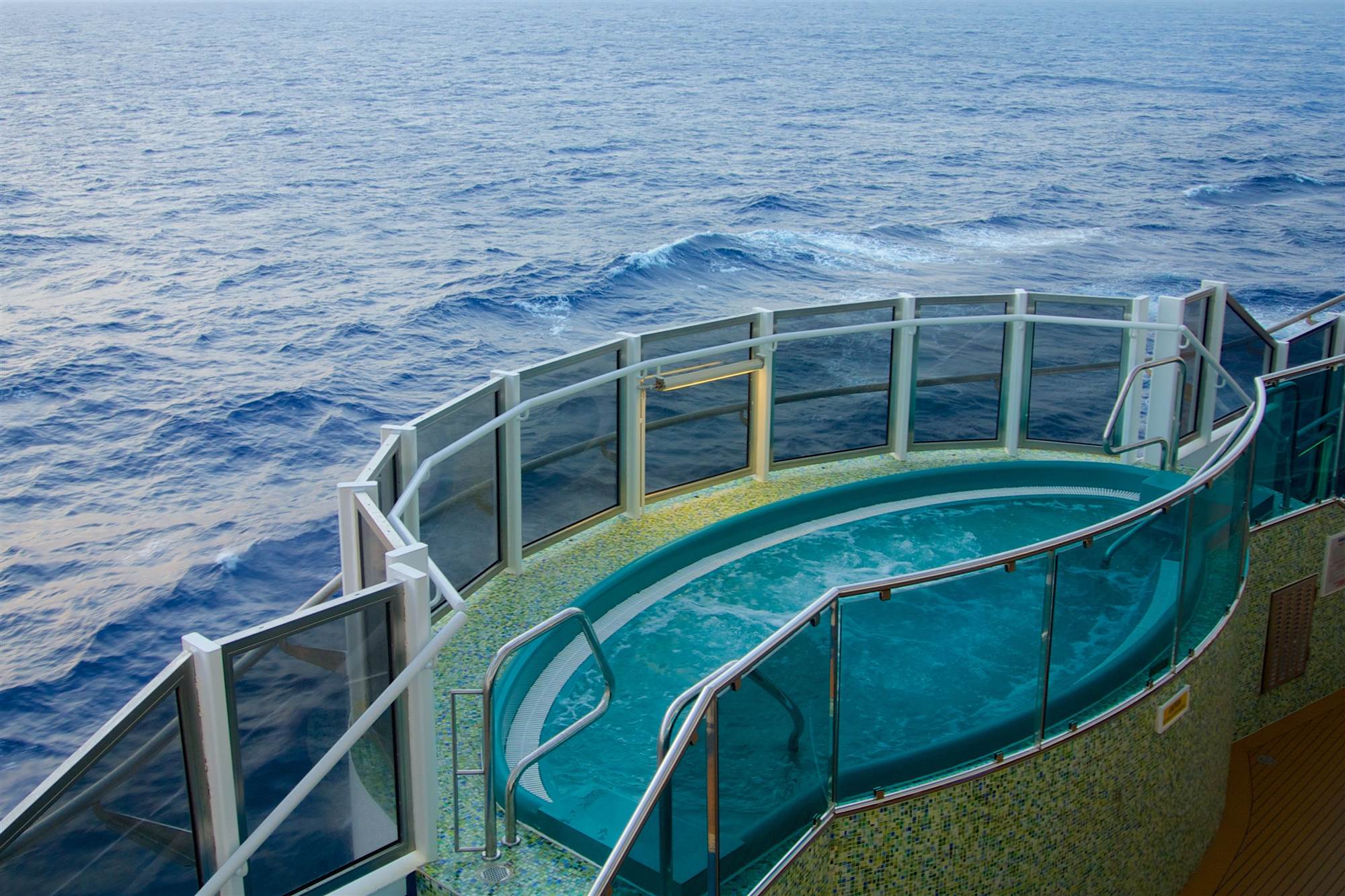
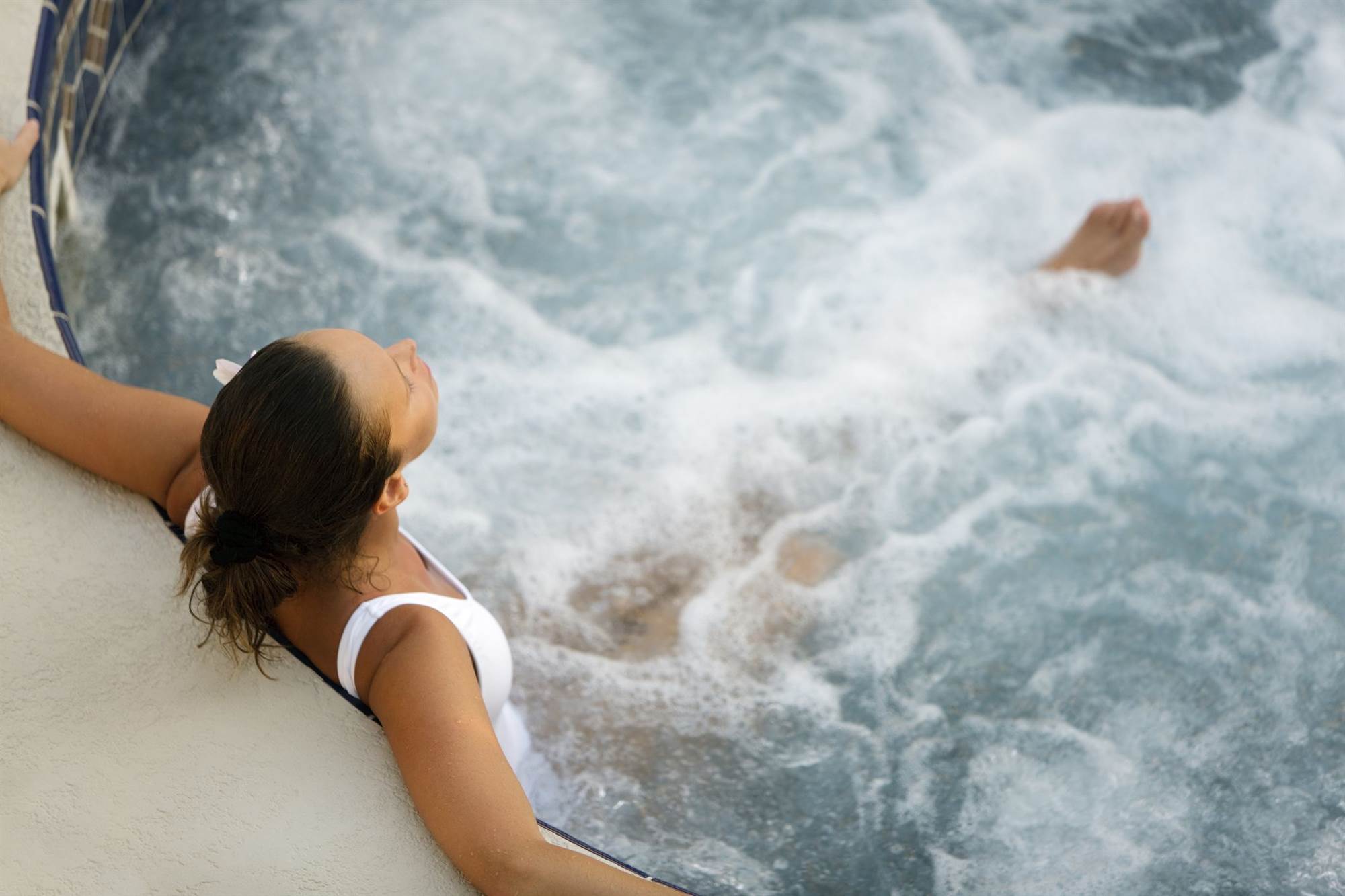
©Getty Images
1) Not bringing your own meds
Those straw hats and sarongs aren’t the only gift shop items that are ridiculously overpriced. Basic over-the-counter medications can also cost an arm and a leg - if they even have what you’re looking for. “Cost and selection vary a ton from ship to ship,” explains Sheri Griffiths, travel expert. To be prepared and avoid shelling out the big bucks, she recommends bringing along your own small supply of any meds you think you might need. Pain relievers, antacids, and headache medicine can all come in handy.
©Getty Images
2) Boarding without a flu shot
The flu might not be the first thing on your mind when you’re heading off for a holiday, especially if it isn’t autumn or winter. But large amounts of people in close contact mean that the flu can spread quickly on cruise ships. That’s why it's recommended to get vaccinated with the year’s current vaccine before setting sail. Be sure to get immunised at least two weeks before boarding, so the shot has time to take effect.
©Getty Images
3) Not washing your hands before you eat
Sudsing before grubbing (as well as after using the bathroom) is the simplest, most effective way to prevent the spread of germs on cruises says, says infectious disease specialist Dr José Dryjanski. That’s especially true for norovirus, since as few as 18 microscopic viral particles on your hands is enough to make you sick. (Kinda scary, right?) Wash with warm, soapy water for at least 20 seconds before touching food (snacks and samples included!), even when you’re famished.
©Getty Images
4) Ignoring the hand sanitiser stations
They’re the next best option whenever soap and water aren’t available, says Dr Dryjanski. Consider making it a rule to use a hand sanitiser station whenever you spot one. There’s no such thing as cleaning your hands too often on a cruise - so you’ll only benefit.
©Getty Images
5) Assuming your cabin is totally germ-free
Yes, your room was cleaned before your arrival, but that doesn’t guarantee that a few rogue germs aren’t lingering. “Cruise ships aren’t any dirtier than airports or hotel rooms. But if you’re still nervous, do a quick wipe down of your stateroom with antibacterial wipes,” says cruise reviewer Megan Wood. Focus on germ-prone areas like the remote control, light switches, and door handles.
©Getty Images
6) Skipping the muster drill
Muster drills aren’t just designed to ensure passenger safety. They’re a part of maritime law. “The drill gives clear instructions for how passengers should respond to an emergency,” Wood says. Don’t treat it as optional - even if you’re a sailing veteran. “If you refuse to participate, the captain may expel you from the ship,” says Wood.
©Getty Images
7) Going crazy at the buffet-especially the midnight buffet
It’s common to feel at least a little seasick while cruising, especially for the first day or two. Nausea patches or medications can ease the queasiness - but so can paying attention to what you eat, says Dr Kristine Arthur. “Large, heavy meals can be difficult to digest and can make nausea worse,” she says. And piling your plate (or plates) high at the midnight buffet comes with the added hazard of heartburn when you try to go to sleep.
If you’re dealing with nausea, aim to eat smaller, lighter meals more frequently such as toast with fruit, Dr Arthur says. It’s best to steer clear of the midnight buffet altogether, but if you can’t resist, sleeping propped up with a pillow can help keep reflux at bay.
©Getty Images
8) Eating like a local at port
Street food vendors in other countries might not be held to as strict hygiene standards as restaurants in Australia. Tempting though it might be to try that fresh-squeezed juice or prawn kebab, it’s safer to hold off on snacking until you’re back on the ship.
©Getty Images
9) Wearing the wrong shoes
High heels or shoes with slippery soles probably aren’t your best bet. Though most cruise ships are equipped with high-tech stabilisation equipment to keep you steady even on choppy waters, open decks can still be slick from rain, sea spray, or pool overflow, says Griffiths. Choose flat shoes with a non-skid sole as your everyday go-to. For a dressier option, pick a wedge - it offers more support than a skinny heel, she says.
©Getty Images
10) Using the public bathrooms
OK, so you might not be able to avoid them completely. But using the bathroom in your cabin as much as possible means less chance for getting exposed to germs, which thrive in enclosed public spaces. When you must use public bathroom, avoid touching unnecessary surfaces and wash your hands thoroughly. When leaving the bathroom, use your elbow instead of your hand to push open the door, since the knob or handle can be ripe with bacteria.
©Getty Images
11) Drinking in the pool
It’s perfectly fine to kick back with a tipple or two, just don’t do it by the pool. “Alcohol and water sports are a dangerous combination,” Dr Arthur says. Booze slows your reaction time and makes you sleepy, which can up the risk for drowning. It can impair your coordination too. That can make you more likely to slip and fall by the pool - even if you weren’t planning on taking a dip, she says.
©Getty Images
12) Shaking hands with strangers
File under gross but true: Norovirus is spread through contact with faecal matter or vomit. “Shaking hands is a common way to spread it if the people shaking haven’t washed their hands after using the bathroom or before eating,” Dr Dryjanski says. Since you can’t tell for sure who’s sudsed up and who hasn’t, it’s best to just keep your hands to yourself. (But if you must shake, wash your hands or use a hand sanitiser ASAP, he adds.)
©Getty Images
13) Getting in a hot tub that smells funny
A funky odour could be a sign that the hot tub water is housing bacteria like mycobacteria, pseudomonas, and legionella. These nasty bugs can cause uncomfortable rashes - as well as serious infections like pneumonia. “If you smell a strange odor, do not get in,” Dr Arthur warns. And even when your nose gives you the all clear, avoid getting any hot tub water in your mouth.
©Getty Images
14) Spending too long in the hot tub
Regardless of how soothing those jets might be, it’s smart to limit yourself to 15-minute dips. That’s how long healthy people can hang out in very hot water before they risk overheating, Dr Arthur says. “One sign that you need to take a break is if you start to sweat,” she says. When that happens, get out of the hot tub (even if it’s only been a few minutes) and drink some cold water. You can pop in for another round once you feel like you’re back at a comfortable temperature.








.png&h=193&w=250&c=1&s=1)

